Strengthfinders is an assessment tool many organizations use to assist in employee personal development. It provides individuals with their “Top 5 Strengths,” which have been identified from a list of 34 different strengths. These 34 different strengths are split between the four domains of Strategic Thinking, Influencing, Relationship Building and Executing.
But how does this benefit your organization and employees?
Employee Engagement
When an employee knows their strengths, this is something they will want to share with their colleagues. In addition, having shared the assessment experience will help them form common bonds as they compare their strengths and work out how they can complement each other. Additionally, people appreciate that their employer has taken the time to learn more about them as individuals, which can be a real boost to their engagement.
Another facet of knowing your employees’ strengths is that you will then be able to put them into positions and tasks that suit them best. Individuals given tasks not suited to their strengths can become demotivated; therefore, putting them in the right setting is essential to employee engagement.
A crucial part of Strengthfinders is relationship building between supervisors and their teams, which is highly dependent on effective communication. Once managers are aware of their team member’s strengths, they can establish a better relationship, which will also improve employee engagement.
Strength Development in the Workplace
Strengthfinders doesn’t end with discovering an individual’s top five strengths. Once employee’s strengths have been identified, they can be worked on and used to find the best way to get the most out of your employees.
Team members should be encouraged to learn each other’s strengths to explore how they can collaborate with each other more effectively. This will boost their strengths naturally. Training team members in providing feedback and effective communication skills can help the team boost their strengths and build an internal network of strength coaches.
In medium to large organizations, the role of the strength coaches goes beyond the individual teams; they are there to assist in developing a strengths culture within the organization. For example, here is a link to “How to build a strengths-based culture in your organization via building an internal network of strengths coaches.”
Some leaders believe they need to create a well-rounded team with a dispersion of Strengths across all domains. However, this is almost impossible. When conducting Strengths workshops with teams, we have found teams working well with clumps of themes across domains with a heavy focus in particular areas.
Use Strengthfinder assessment for individual development, not as a selection tool. Teams perform at a higher level by understanding how to leverage team strengths to drive performance.
By focusing on understanding the behaviors behind the talents that make up the themes of strengths, we have found that teams have a better understanding of how to accomplish whatever goals are in front of them. Our experience is that teams that use strengths consistently perform at a high level.
Strength-based development can help workgroups realize up to:
- 29% increased profit
- 19% increased sales
- 72% lower attrition
- 7% higher customer engagement
How to Build a Strengths-Based Culture
A strengths-based culture can help your organization attract the best talent, bring out the best in every employee, and drive business growth. But how do you achieve this?
- Start with an executive sponsor – for it to become integral to an organization’s culture, leaders must view strengths development as a valid business strategy.
- Allow every employee to discover their CliftonStrengths – to create a strengths-based culture properly, companies should have all employees, from the CEO to front-line team members, take the CliftonStrengths assessment.
- Build an internal network of CliftonStrengths coaches – these internal coaches are vital in embedding strength culture right through an organization.
- Integrate Clifton Strengths into performance management – help Managers become strengths-based coaches for their teams, having ongoing, effective conversations that improve performance and develop competencies.
- Transform your internal programs – Do your current programs contradict the philosophies of a strengths-based culture? (“How to Create a Strengths-Based Culture | Gallup”) This can wear down your workforce!
This process is not a one-off fix but needs to be ongoing, and individuals and organizations should bear this in mind. Rewards are worth the effort and include:
- Improved strategic thinking
- Better relationship building
- Superior influencing and executing skills
If you are looking to roll out CliftonStrengths as an organization or looking to leverage your strengths as an individual performer, Core Management Training can help. Contact us at kwillis@coremanagementtraining.com or call at 484.272.5138



